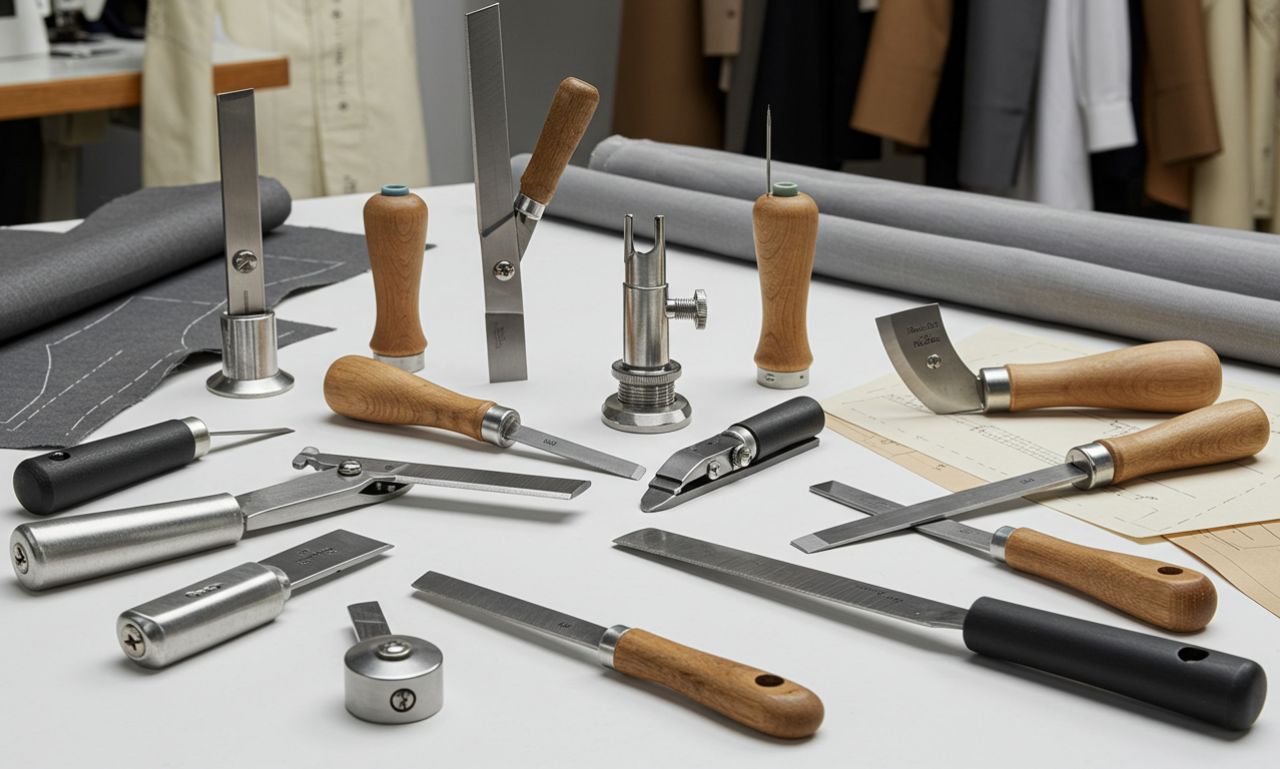In the realm of tailoring and garment production, precision is everything. One essential yet often overlooked component that contributes to this accuracy is the Zuschneidfelle. Whether you’re a professional tailor or a textile enthusiast, understanding the function and importance of Zuschneidfelle can elevate your fabric-cutting game to the next level.
What is a Zuschneidfelle?
The term Zuschneidfelle originates from German, combining “Zuschneiden” (to cut) and “Felle” (skins or mats). In practice, a refers to a specialized cutting mat used primarily in tailoring and textile industries. These mats are not your typical crafting mats—they are designed to handle heavy-duty cutting while preserving both the sharpness of cutting tools and the integrity of the material being worked on.
Unlike standard cutting surfaces, Zuschneidfelle are made from high-quality, self-healing materials that can withstand repetitive slicing without degrading. This ensures that fabric edges remain crisp and accurate—critical for high-end fashion production and industrial tailoring.
Applications of Zuschneidfelle in the Textile Industry
1. Precision Cutting for Patterns
When creating garments, even a millimeter of error can distort the fit of the final piece. Zuschneidfelle provide a sturdy, flat surface that aids in aligning patterns and templates, enabling precision with every cut. Tailors often place the fabric on the before cutting with rotary tools or sharp shears to avoid any slippage.
2. Protection of Tools and Surfaces
A major advantage of using is tool longevity. Cutting directly on tables or unsuitable surfaces dulls blades quickly. These mats help maintain the sharpness of tools and protect workspaces from damage.
3. Enhanced Safety and Efficiency
Many Zuschneidfelle come with printed grid lines and measurement guides. These markings assist in faster alignment, reducing human error and speeding up production processes. This is especially useful in high-volume textile environments where time efficiency is critical.
Types of Zuschneidfelle Available
There are various types of Zuschneidfelle, each suited for different kinds of cutting and tailoring tasks:
• Self-Healing Zuschneidfelle
These are the most commonly used mats in tailoring. Made from composite PVC materials, self-healing automatically seal back up after cuts, offering a long-lasting solution.
• Heavy-Duty Zuschneidfelle
Ideal for industrial settings, heavy-duty mats are thicker and more resilient. They can handle extensive rotary cutting without warping or fraying at the edges.
• Portable Zuschneidfelle
These lightweight mats are designed for mobility. Perfect for seamstresses and tailors on the move, portable offer flexibility without compromising quality.
Benefits of Using Zuschneidfelle
1. Clean and Accurate Cuts
The surface of a Zuschneidfelle holds fabric in place, reducing movement and ensuring that each cut is clean and aligned. This is particularly valuable when working with delicate or slippery fabrics like silk or chiffon.
2. Long-Term Cost Savings
While investing in a quality may seem costly upfront, its durability means fewer replacements and extended lifespan for cutting tools, leading to long-term savings.
3. Versatility Across Fabrics
Whether you’re working with denim, cotton, leather, or synthetic materials, a good Zuschneidfelle provides the right surface tension and grip to ensure consistent cutting performance.
Choosing the Right Zuschneidfelle for Your Needs
Selecting the ideal depends on your unique cutting requirements:
-
Size: Choose a mat large enough to accommodate your standard fabric dimensions. Oversized Zuschneidfelle are preferred in workshops.
-
Thickness: Thicker mats offer better protection and durability.
-
Grid Lines: If you need measurement guidance, opt for mats with clear, accurate grid markings.
-
Material: Ensure it’s made from high-grade PVC or rubber composites for maximum performance.
Maintaining and Caring for Zuschneidfelle
To ensure your Zuschneidfelle lasts for years, proper maintenance is crucial:
-
Avoid Exposure to Heat: Prolonged exposure to sunlight or high temperatures can warp the mat.
-
Clean Regularly: Wipe the surface with a damp cloth after use to remove fabric dust and particles.
-
Rotate Periodically: Rotate the mat occasionally to distribute cutting impact evenly across the surface.
-
Store Flat: Always store your on a flat surface to avoid bending or curling.
Why Zuschneidfelle Matters in Modern Tailoring
As tailoring evolves with the integration of digital patterns, laser cutters, and high-speed rotary tools, the humble Zuschneidfelle remains a vital tool. Its ability to provide stability, accuracy, and protection keeps it relevant in both traditional and modern textile practices.
Tailors and fashion designers alike rely on not just for efficiency, but to ensure that each garment meets the highest quality standards. With growing demand for custom clothing and made-to-measure designs, investing in quality tools like a becomes more important than ever.
Conclusion
In the fast-paced world of garment manufacturing and design, every detail counts. From pattern alignment to fabric integrity, having a reliable Zuschneidfelle as your cutting foundation ensures excellence from start to finish.
Whether you’re crafting couture fashion or managing a textile production line, incorporating the right can dramatically improve efficiency, safety, and final product quality. It’s more than just a mat—it’s a core component of professional tailoring success.
